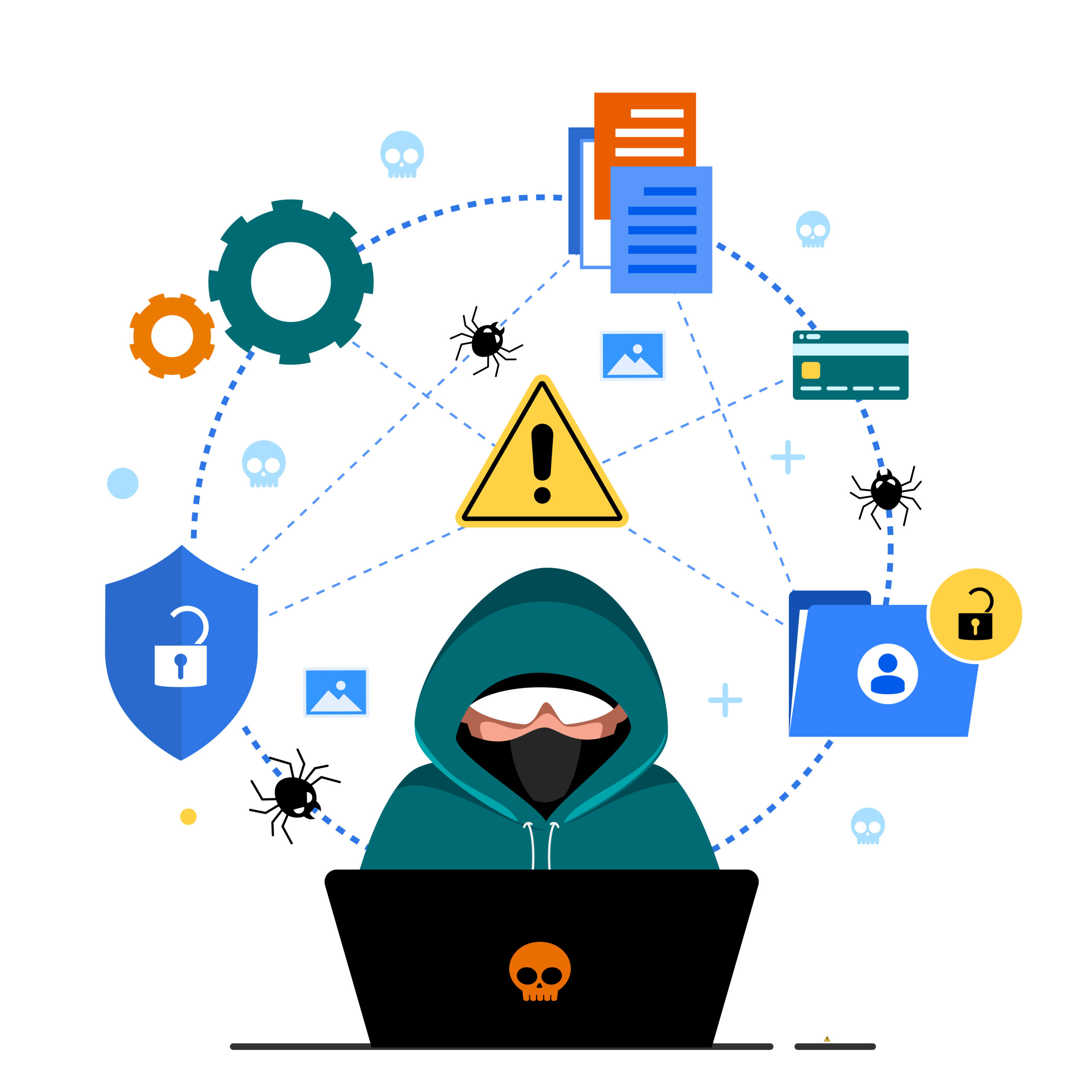Cybercrime cases in India are believed to be widely under-reported, and experts highlight several key reasons behind this troubling trend. Despite the rapid growth of internet users and digital services in the country, there remains a significant gap in public awareness, law enforcement capabilities, and institutional support, all of which contribute to the under-reporting of cyber offenses.
One major reason is lack of awareness. Many victims are not fully informed about what constitutes a cybercrime or how to report it. Crimes like online fraud, identity theft, cyberstalking, and phishing are often misunderstood or dismissed as minor technical glitches. As a result, people may not realize they have been targeted or may not know how to seek help.
Fear of social stigma is another strong deterrent. In cases involving financial fraud, sextortion, or cyber harassment, victims often fear judgment or humiliation, especially in conservative or closely-knit communities. Women and teenagers are particularly vulnerable, and the fear of being blamed or shamed can prevent them from coming forward.
Trust in the legal system is also a concern. Many people believe that reporting a cybercrime won’t lead to meaningful results due to slow investigations, lack of technical expertise among police, and lengthy court procedures. This discourages both individuals and companies from initiating complaints.
In the corporate world, businesses often avoid reporting cyber incidents to protect their reputation. Admitting to a security breach or financial fraud can affect customer trust, investor confidence, and overall brand image. As a result, companies may choose to handle the matter internally or quietly pay ransoms in cases like ransomware attacks, leaving the incidents off the official record.
Furthermore, infrastructure and training gaps within law enforcement agencies, especially in rural and semi-urban areas, make it difficult for authorities to effectively address complaints. Cybercrime cells are often understaffed and lack the necessary tools and personnel to handle complex cases, causing victims to lose confidence in the system.
Experts warn that this under-reporting masks the true scale of cyber threats in India. Without accurate data, it becomes harder for policymakers and enforcement agencies to allocate resources, develop effective prevention strategies, or strengthen cyber laws.
In conclusion, tackling cybercrime in India requires more than just technology—it demands greater public awareness, stronger institutional support, trust-building between citizens and law enforcement, and comprehensive training for officials. Only then can the country begin to get a true picture of the cybercrime landscape and respond effectively.
